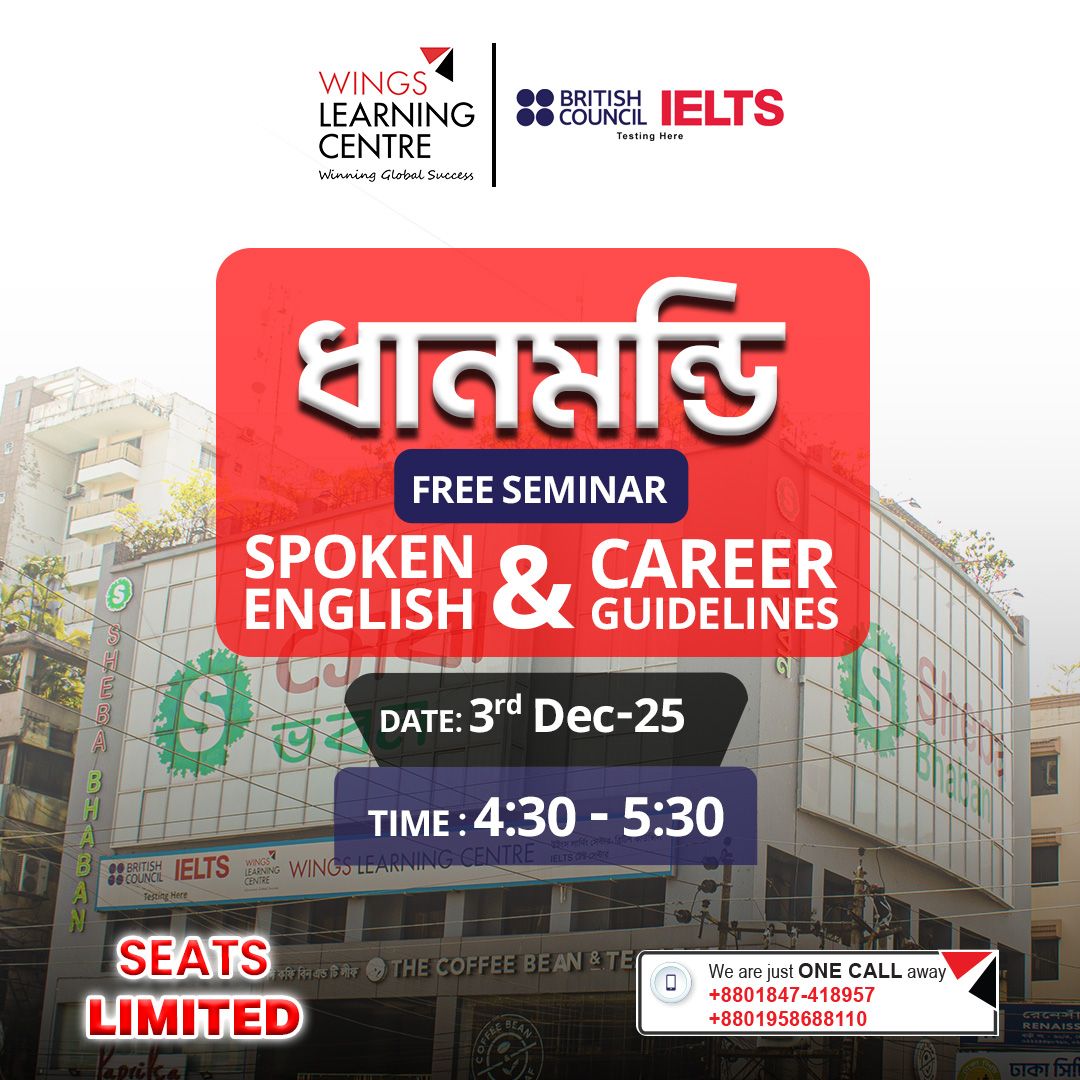IELTS Life Skills is for people who need to show that their English speaking and listening skills at Common European Framework of Reference for Languages (CEFR) levels A1 or B1
Before you register for your test you should check the English language requirements for your visa category.
Please visit Guidance on Applying for UK Visa – approved English language tests for more information.
1. What in the test?
Overview
IELTS Life Skills is available at two levels:
- IELTS Life Skills – A1 Speaking and Listening
- IELTS Life Skills – B1 Speaking and Listening
Face-to-face Speaking and Listening test
You will take the test with an examiner, and with one other test taker.
The tasks in IELTS Life Skills are designed to reflect the everyday experience of communicating in an English-speaking country. You will be expected to take part in short discussions on everyday subjects including:
- personal details/ experiences
- family and friends
- buying goods
- work
- health
- leisure
- education/training
- transport
- housing
- weather
The focus of IELTS Life Skills
At each level, the test is designed to assess whether you can listen and respond, make your meaning clear, and talk with other people.
| A1 |
|
| Focus |
You will be expected to:
- listen and respond to spoken language, including simple narratives, statements, questions and single-step instructions
- communicate basic information, feelings and opinions on familiar topics
- talk with another person in a familiar situation about familiar topics
|
| Tasks may include: |
- describing
- giving opinions
- giving personal information
- stating preferences
- commenting
- asking for information or descriptions
- agreeing and disagreeing
- explaining, giving reasons or justifying
- deciding
- suggesting
- selecting
|
| B1 |
|
| Focus |
You will be expected to:
- listen and respond to spoken language, including straightforward information and narratives, and follow straightforward explanations and instructions.
- communicate information, feelings and opinions on familiar topics, using appropriate formality.
- talk with one or more people in a familiar situation, making relevant points and responding to what others say to reach a shared understanding about familiar topics.
|
In addition to the A1 tasks show above, the B1 tasks
may include: |
- comparing
- showing contrast, cause, reason or purpose
- prioritising
- planing
- persuading
- narrating
- asking about past or future events
- expressing future certainty or possibility
|
